Some days it feels like you barely come up for air: Phones ringing. Reminders that didn’t go out. Invoices piling up. A client still waiting at checkout while someone’s trying to...
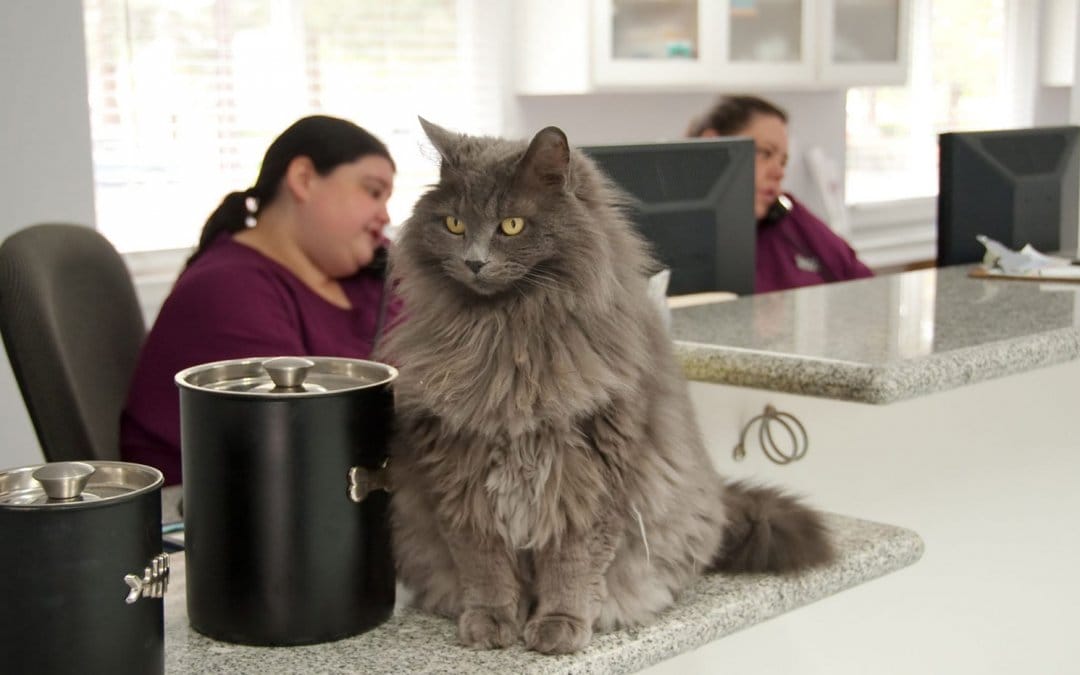

9 min read | by Vetsource
Some days it feels like you barely come up for air: Phones ringing. Reminders that didn’t go out. Invoices piling up. A client still waiting at checkout while someone’s trying to...
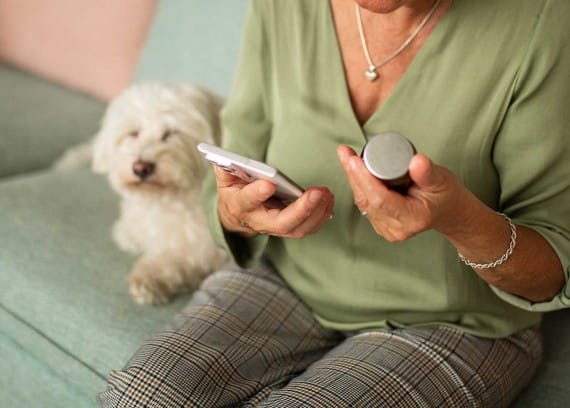
6 min read | by Vetsource
Help clients follow through with care by reducing the friction that slows them down. When pet owners don’t rebook, refill, or follow through on care, it’s tempting to chalk it up...

4 min read | by Vetsource
There are a lot of demands on your clients’ attention. Find out how easy it is to cut through the noise and promote your services and treatments. With so many demands on pet...

4 min read | by Asa Pogrelis
Running a veterinary practice is complicated — and so is credit card processing. That’s why we’ve created a payments solution built specifically for veterinary practices....
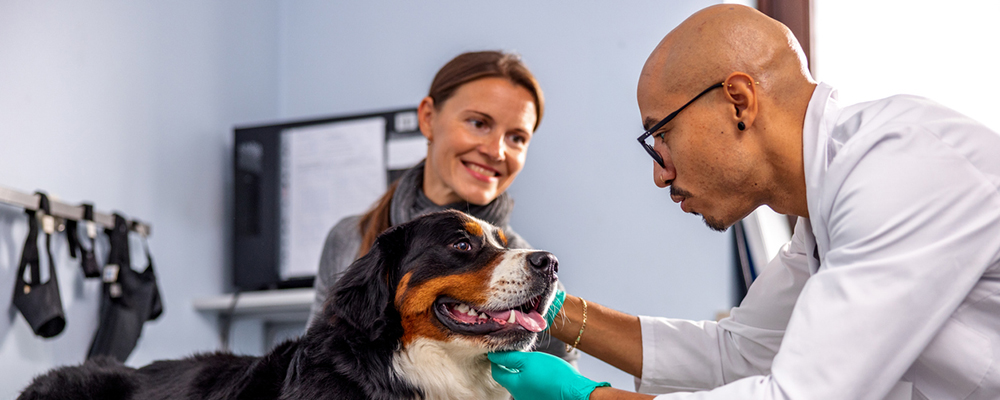
3 min read | by Vetsource
According to Vetsource’s latest white paper, patient visits are declining and the frequency between visits is lengthening, creating challenges — and opportunities — for...
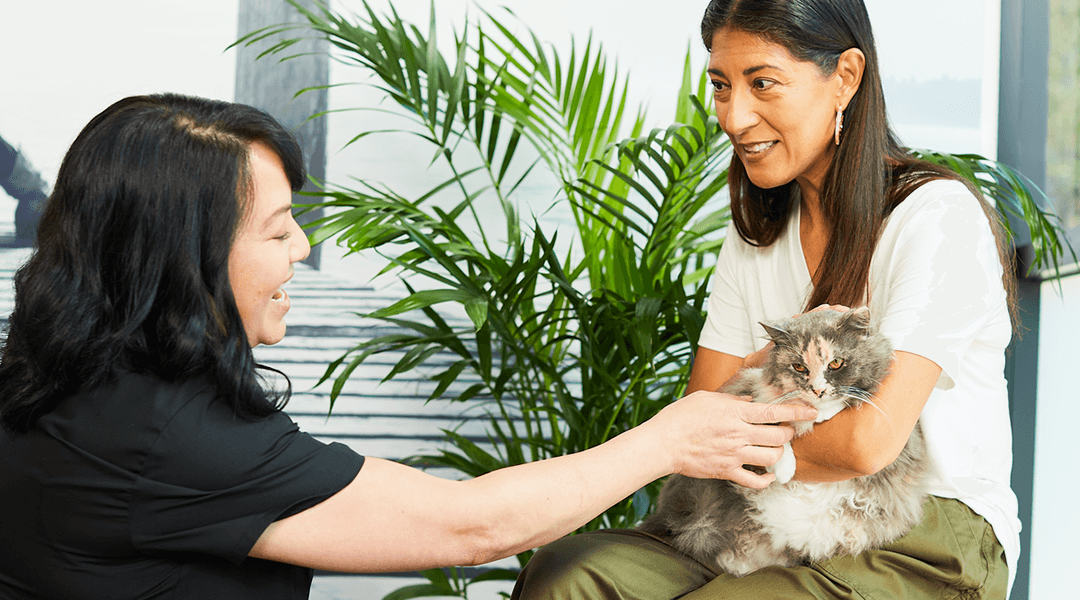
3 min read | by Vetsource
A new white paper from the data experts at Vetsource analyzed 2024 transactional data from more than 6,500 veterinary practices to uncover trends in pet owner behavior. While the...
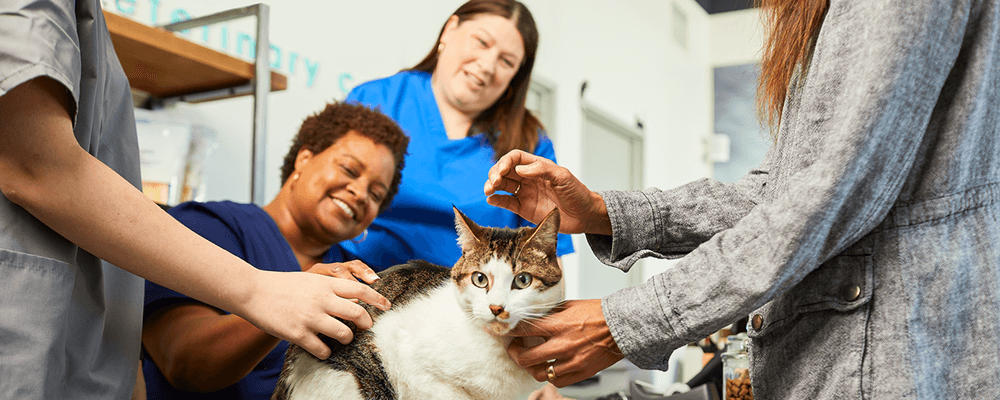
9 min read | by Vetsource
Retaining an existing client is significantly more cost-effective than acquiring a new one: it can cost up to seven times more to gain a new client than to keep a current one...
Our Prescription Management, Client Engagement, and Data & Insights solutions have made a difference for thousands of pet healthcare businesses. Find out how Vetsource can make a difference for you.